I am working on a simple drawing application, and i need an algorithm to make flood fills.
The user workflow will look like this (similar to Flash CS, just more simpler):
- the user draws straight lines on the workspace. These are treated as vectors, and can be selected and moved after they are drawn.
- user selects the fill tool, and clicks on the drawing area. If the area is surrounded by lines in every direction a fill is applied to the area.
if the lines are moved after the fill is applied, the area of fill is changed accordingly.
Anyone has a nice idea, how to implement such algorithm? The main task is basically to determine the line segments surrounding a point. (and storing this information somehow, incase the lines are moved)
EDIT: an explanation image: (there can be other lines of course in the canvas, that do not matter for the fill algorithm)

EDIT2: a more difficult situation:

EDIT3: I have found a way to fill polygons with holes http://alienryderflex.com/polygon_fill/ , now the main question is, how do i find my polygons?